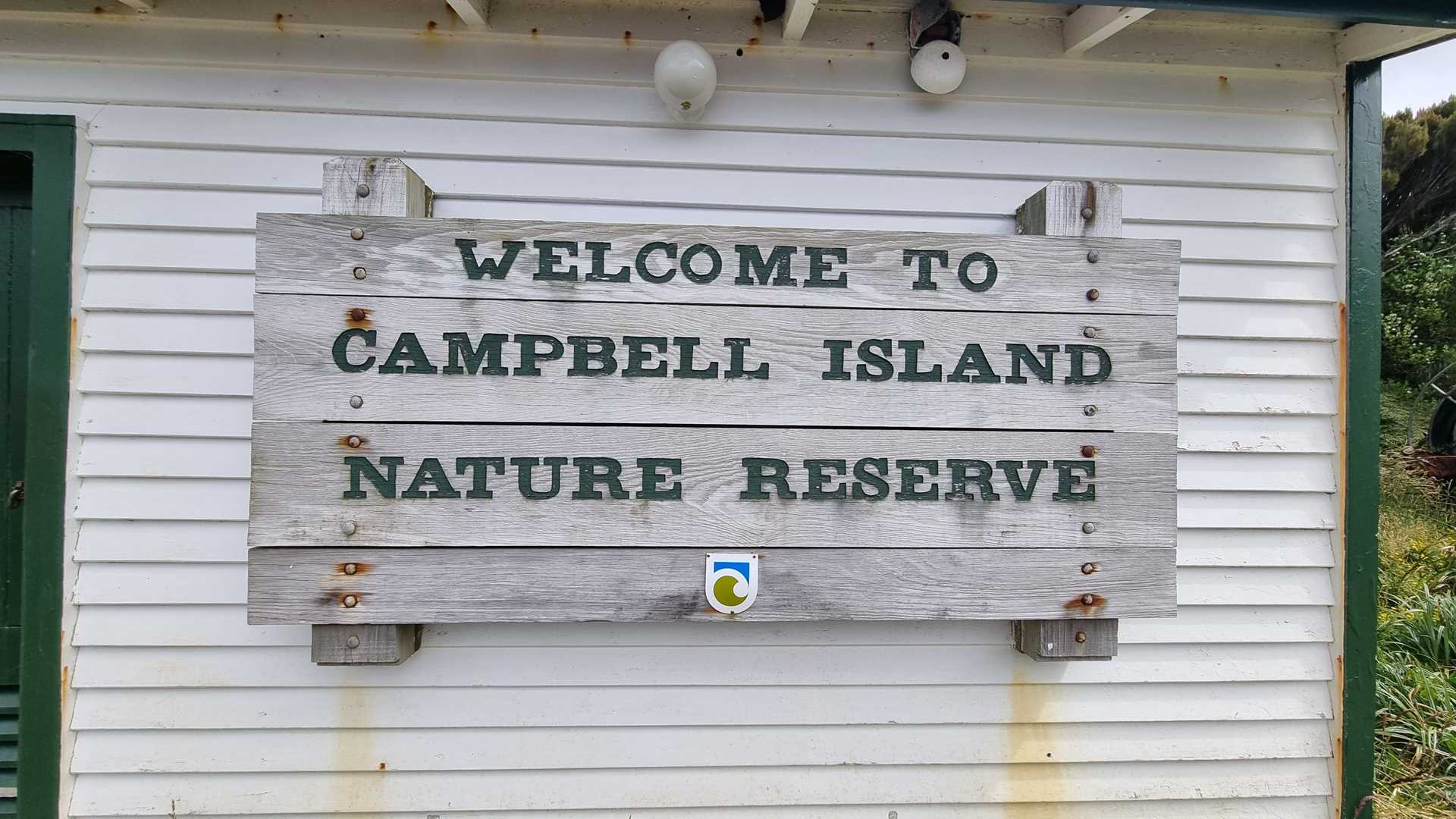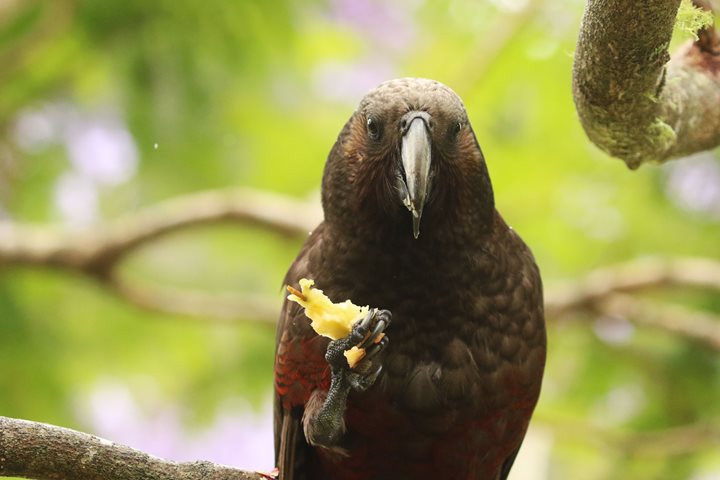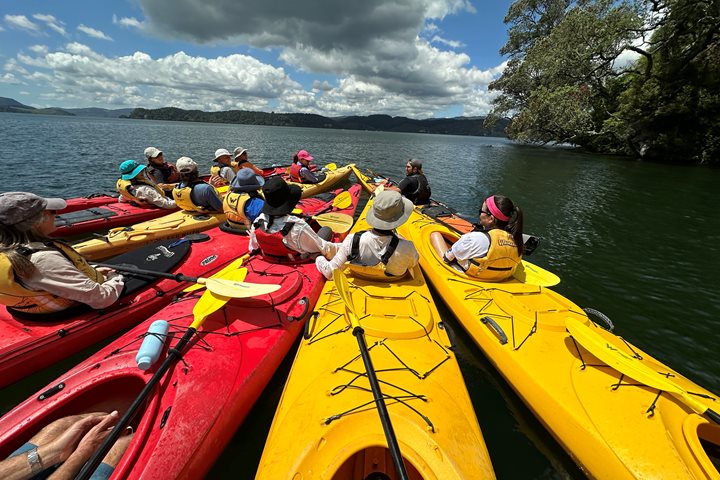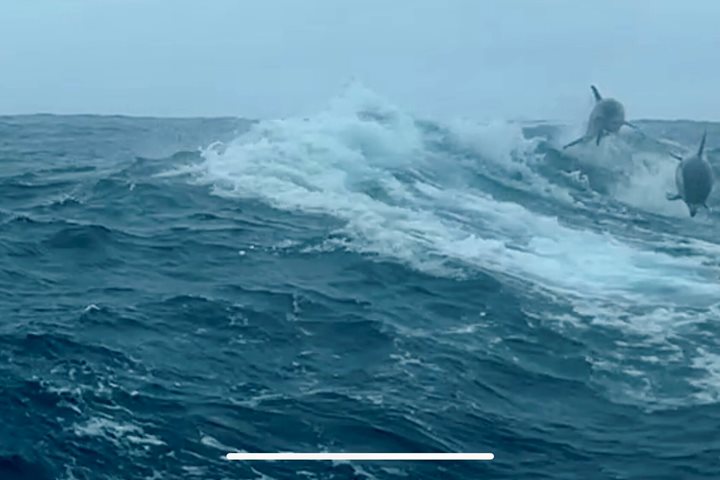Campbell Island is a remarkable success story for conservation. This morning we had the opportunity to explore this uninhabited Sub-Antarctic Island that is located south of New Zealand. After its initial discovery in 1810 and throughout its early history of European whaling, sealing, and a period of sheep farming, many new species were introduced to the island. This had a dramatic impact on the native species. Several albatross species depend on this island for their nesting cycle, including 99% of the entire world population of the southern royal albatross. Through the dedicated efforts of the New Zealand government and the Department of Conservation, this island has only recently been declared pest free. Numbers of birdlife and New Zealand sea lions are rebounding.
With the clouds clearing to reveal blue skies and milder temperatures, we took the opportunity to explore the sheltered fjord and bays for wildlife. Under fantastic conditions in the afternoon, we landed on the island and hiked across the hills for breathtaking views. We witnessed nesting pairs of royal albatrosses amongst the native vegetation.






